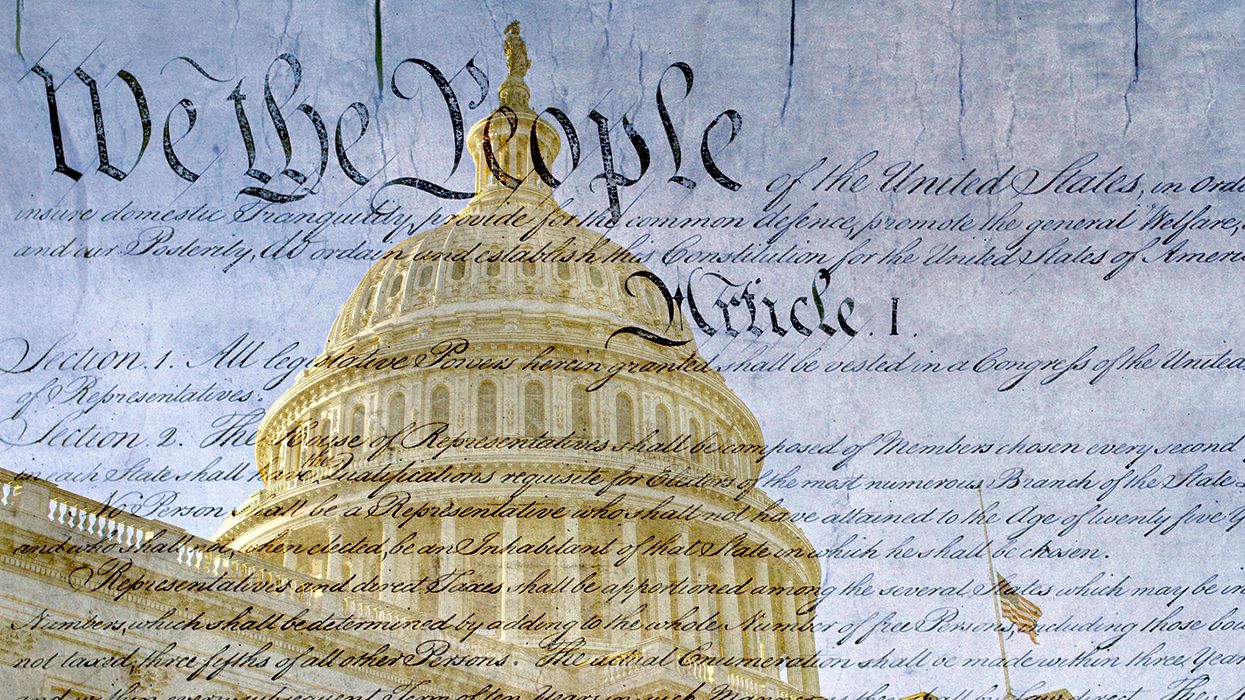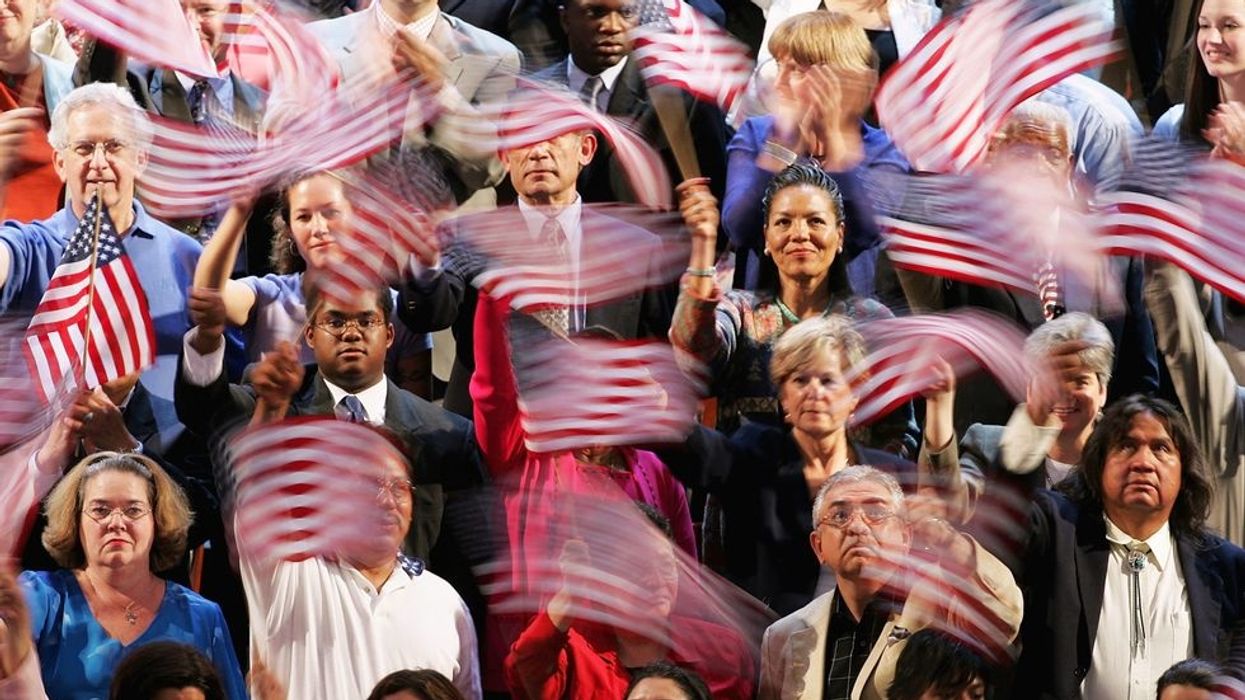Towards the end of his life, Thomas Jefferson became fatalistic. The prince and poet of the American Revolution brooded—about the future of the country he birthed, to be sure; but also about his health, his finances, his farm, his family, and, perhaps most poignantly, his legacy. “[W]hen all our faculties have left…” he wrote to John Adams in 1822, “[when] every avenue of pleasing sensation is closed, and athumy, debility, and malaise [is] left in their places, when the friends of our youth are all gone, and a generation is risen around us whom we know not, is death an evil?”
The question was rhetorical, of course. But it revealed something about his character. Jefferson was aware that Adams and he—the “North and South poles of the Revolution”—were practically the only survivors of the Revolutionary era, and that a new generation was now in charge of America’s destiny.
That reality confounded him. On the one hand, Jefferson retained ideas about the proper path forward for America (which involved a pastoral utopia and an educated, mostly democratic populace). But on the other hand, he knew that his time had passed and that, by right, his children’s generation should decide the country’s future. One of his most famous political beliefs was that a present generation of citizens still beholden to a prior, or dead, generation is just another form of tyranny. “The earth belongs to the living,” he wrote to James Madison in 1789, “the dead have neither powers nor rights over it.”
For Jefferson, generations represented important markers. And they were distinct. The Revolutionary generation was different from the Federalist generation, which was still different than the Antebellum Generation. They were so dissimilar that Jefferson thought it only just and right that each generation ought to sit down and write its own Constitution. Let each present people shape the national destiny in their own image, he argued.
The sage of Monticello wouldn’t be surprised then to learn that generations today are no more akin. The “Greatest Generation”—those born at the beginning of the 20th century—embodies values, beliefs, opinions, and attitudes that barely resemble those expressed by members of “Gen Z” or the “Alpha Generation.” Their relative worldviews are unrecognizable. The most prominent values offered by the Gen Z community are social justice, authenticity, environmental sustainability, digital literacy, and an entrepreneurial spirit. But what values are offered by the Greatest Generation? Those include duty to one’s country, sacrifice for the common good, and work ethic.
The problem is that these distinctions often lead to misunderstandings. Indeed, torch bearers from one generation rarely appreciate the priorities of torch bearers born in a different time. How often have we heard older Americans say that younger generations are privileged and lazy, that they don’t understand what it takes to maintain this fragile democratic republic? And how often have we heard younger generations accuse older Americans of being “out of touch”? The damage that emerges from generalizations like these contributes to the country’s political rancor. Animosity and distrust are a byproduct of generational misunderstanding.
To combat that, we want to try something unique. Hoping to spark dialogue across differences, we offer readers a series of essays we’re calling, “Following Jefferson: Promoting Inter-generational Understanding through Constitution-making.”
The five-part series begins with artificial intelligence. Utilizing ChatGPT, we have generated seven Constitutions, each reflecting the priorities, beliefs, values, positions, and actions of a distinct generation. In short, we’ve become generational constitutional framers (with the help of AI). We asked the chatbot to draft these individual constitutions to include all the design features Americans have come to love: preambles, political branches, distributions of power, individual rights, amendment procedures, ratification processes, and so on. What the generative AI program delivered was seven comprehensive and lengthy constitutional charters, some as many as forty pages long. Our series will compare these fascinating—and deeply revealing—constitutions.
Each month, starting in June, we will contrast a different element or component of the seven constitutions. Beginning with preambles (June), we will subsequently consider political institutions (July), bills of rights (August), amendment procedures (September), and, finally, ratification requirements (October). We will ask the same questions along the way: How do the seven constitutions differ, and how have the articles, clauses, and sections evolved over time? What do they say about the generations that “wrote” them? What do we, as Americans, learn from reading constitutional texts that are written and shaped, influenced and inspired, by individuals who lived through very different historical moments? How can we more effectively—and more civilly—speak to each other across generations? And, ideally, how can we work together, as citizens and sovereigns, to collectively and peacefully realize “a more perfect union?”
Jefferson was no different than others, then and now, in assuming that only the wise elders of the polity could craft a constitution. But he and his revolutionary co-conspirators could never envision an America made up of seven generations simultaneously. Our task in understanding each other, therefore, is exponentially more difficult. So, as we try to bridge our differences—across all intersectional identities—let us give each generation its own constitutional voice, and then see if we can’t find common ground and common purpose. Jefferson would admire that.
Beau Breslin is the Joseph C. Palamountain Jr. Chair in Government at Skidmore College.
Prairie Gunnels just successfully, and with honors, completed her first year at Skidmore.


















